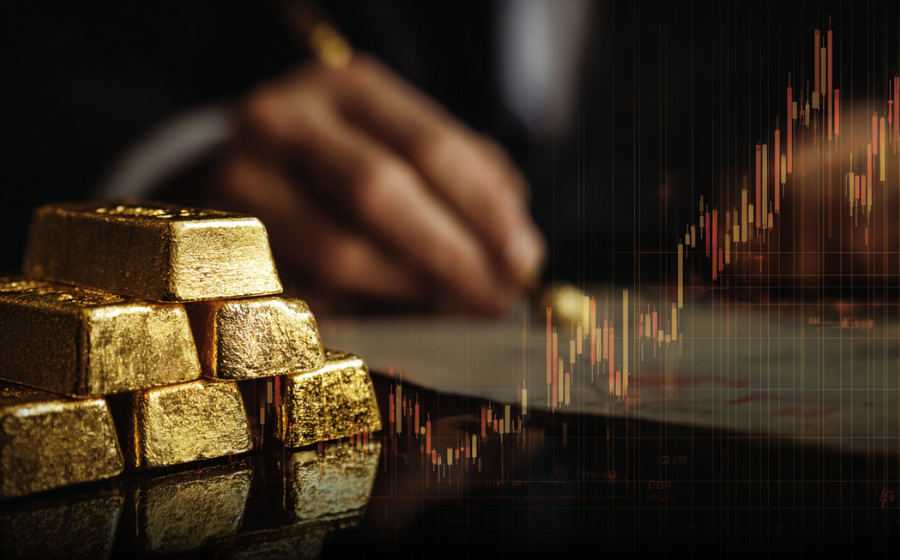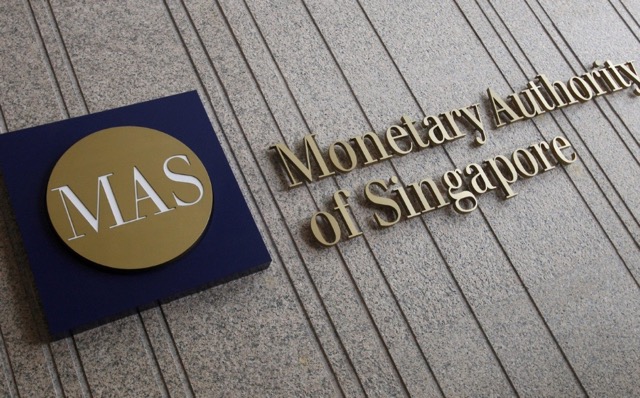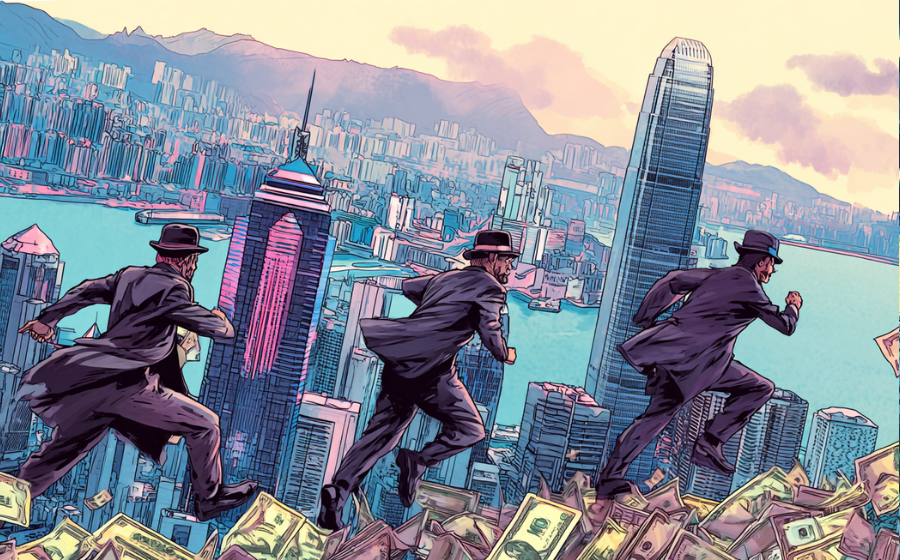
KEYTAKEAWAYS
-
Gold’s dream run ends in chaos as prices plunge from $4,381, exposing fear, leverage, and the fragile heart of the bull market.
-
A shocking crash turns “safe-haven” gold into a wild beast, as traders face margin calls and faith turns into panic.
-
Central-bank buying and de-dollarization fueled gold’s rise—until optimism cracked, opening a door between darkness and the next bull run.

CONTENT

4:00 a.m., October 21, 2025, a scarlet candlestick split the screen at the London Metal Exchange. $4,381.27—this was the record from the day before. It was the number gold bulls traced again and again in their dreams.
But before Asia opened, in the dark, an unseen hand grabbed the price and pulled it down hard.
In five minutes, it fell $100. In ten minutes, it fell $200. By New York open, spot gold had broken below $4,200. The one-day drop was 5.3%, the biggest in twelve years.
Traders did not even have time to rub their eyes. Open interest in COMEX gold futures twisted like a snake with its tail stepped on. Margin calls came one after another. Liquidations in leveraged long positions rolled on the screens like a silent execution.
In that moment, gold was no longer the “king of safe havens.” It was a runaway horse. It dove into the abyss with the screams of its followers.
THE ROAD TO THE RUN
To understand the fall, we must see how it climbed so high. In 2025, gold was a beast fed by many stories.
The first feed came from central banks.
After restarting purchases in March 2024, China’s central bank kept buying for 22 straight months. Reserves rose from 68 million ounces to 73.7 million ounces. India, Türkiye, Poland… central banks around the world ran a quiet relay, stuffing gold into their vaults.
The World Gold Council gave a stark number: in the first three quarters of 2025, net central-bank buying reached 1,180 tonnes, more than in all of 2022.
The second feed was de-dollarization.
After the Russia-Ukraine war, the side effects of a weaponized dollar became clear. Saudi Arabia quietly used renminbi to settle oil. Brazil used gold to settle bilateral trade. India used rupees to buy Russian oil. Gold was no longer a “barbarous relic.” It became an anchor for a new financial order.
The third feed was inflation and geopolitics.
U.S. core PCE hovered stubbornly at 3.2%. The Fed’s rate-cut path was pulled back and forth by tariff talk. Smoke in the Middle East did not clear. Tensions in the Taiwan Strait stayed under the surface. The front in Ukraine consumed U.S. credibility every day. Gold became a “doomsday insurance.” ETF money flowed in like the tide.
So $4,381 was not an accident. It was the peak of a collective carnival.
THE CRACK AND THE COLLAPSE
Cracks often hide in the brightest light.
On October 20, gold’s RSI(14) hit 88.2. The upper Bollinger band was torn to +3σ. This was the third such extreme since 1980. The CFTC report was delayed three weeks by a U.S. government shutdown, but the market knew net long positions had reached 382,000 contracts, equal to 1,180 tonnes of paper gold.
Behind each tonne of physical gold stood ten tonnes of leveraged longs. Once the wind shifted, a stampede was sure.
On the night of October 20, a small note came from Washington: China and the U.S. would restart high-level trade talks in early November. Topics would include easing rare-earth limits and a phased cut of tariffs.
That line was a thin needle. It popped the “broken supply chain” balloon. Safe-haven demand drained out. The dollar index rebounded 0.78%. Real rates turned positive. Gold’s “doomsday insurance” lost its premium.
At 4:12 a.m. on the 21st, Asia saw the first big sell order: 5,000 lots aimed at $4,200. Stop-losses triggered like dominoes. At 4:17, COMEX e-trading gapped lower and broke $4,150. At 4:25, the gold volatility index jumped from 18 to 38.
At 4:30, a jeweler in Mumbai got a call from a Chinese supplier: “Don’t rush to restock. Prices will fall.”
At that moment, gold’s pricing power shifted from “faith” to “fear.”
$4,000 IS A DOOR
On October 27, gold broke below $4,000. That number was the psychological ceiling for all of 2024. Now it became the floor.
Goldman’s trading desk wrote in an internal email: “This is a meme-stock-style crash. It rose too fast, was too crowded, and too many people believed the same story.”
JPMorgan commodity strategist Natasha Kaneva said: “Below $4,000 is a strategic buy zone. The bull market is not dead. Its heart just skipped two beats.”
Citi cut its target to $3,800, citing “higher real rates.” The World Gold Council stayed silent and only posted one chart: the central-bank buying trend still pointed up.
Below the floor, deeper supports remained: $3,950 is where the 250-day moving average meets the 0.382 Fibonacci retracement. $3,800 is the 0.5 retracement of the 2025 rally. $3,500 is the extreme bearish case.
On X, someone posted a chart overlay of gold and U.S. equity pullbacks: every time U.S. stocks fell more than 15%, gold fell first and then rose.
A comment read: “In Christmas 2018, U.S. stocks fell 20%. Gold fell 15%, then rose for three years. History does not repeat, but it rhymes.”
GOLD’S FATE
Gold has never been a “rational asset.” It is born in fear, grows in greed, falls when faith breaks, and rises again from the ruins.
$4,381 is a peak and also a mirror. It shows central-bank anxiety. It shows the undercurrent of de-dollarization. It shows the human instinct for certainty in an uncertain world.
$4,000 is not the end. It is a door. Behind it may be deeper darkness, or the next light.
If you chased at $4,381, you may lose sleep now. Do not rush to cut losses. In a bull market, corrections are always a filter of faith. Those who stay often win.
If you watched from below $4,000, do not rush to mock the bulls. History tells us: in the deepest fear lies the richest soil.















